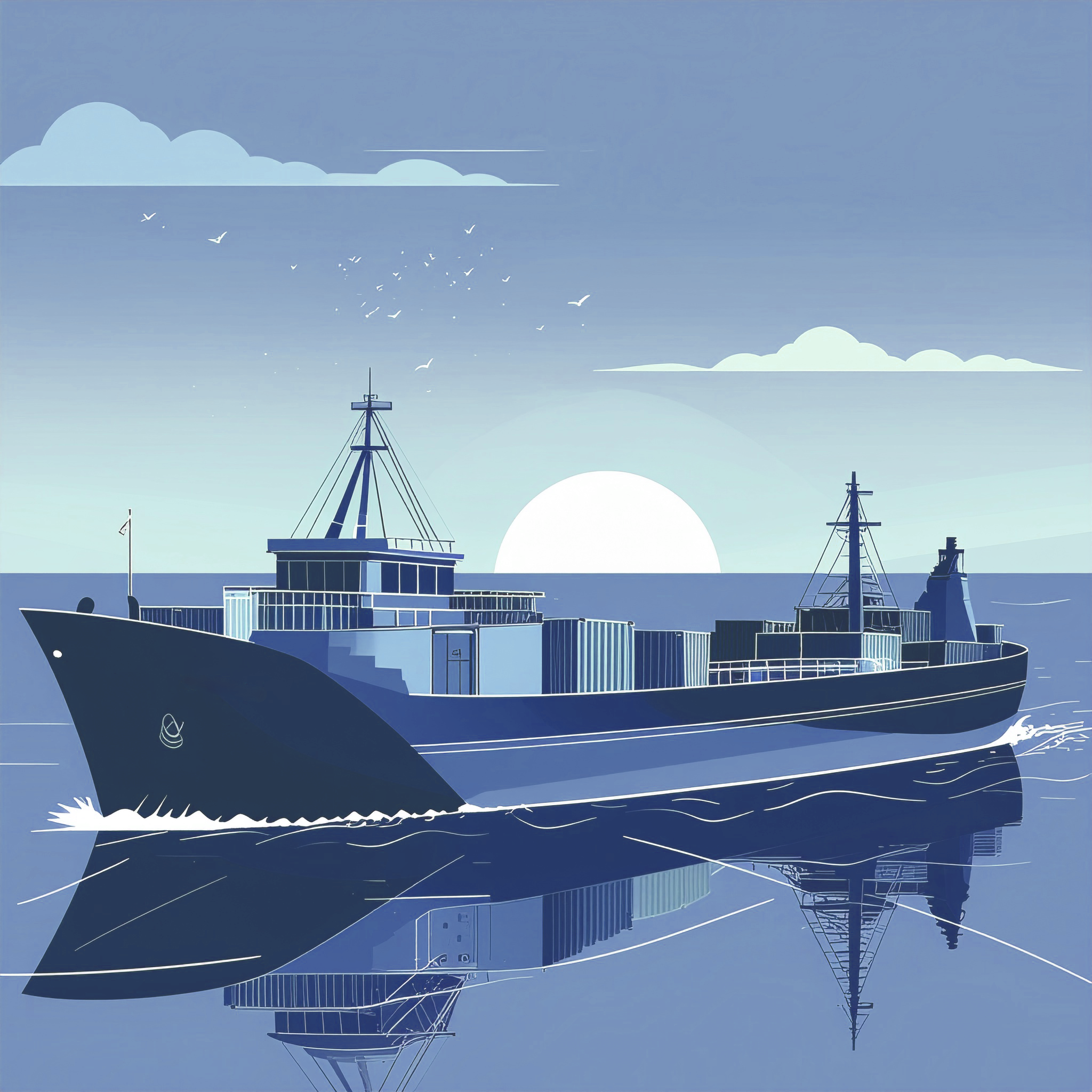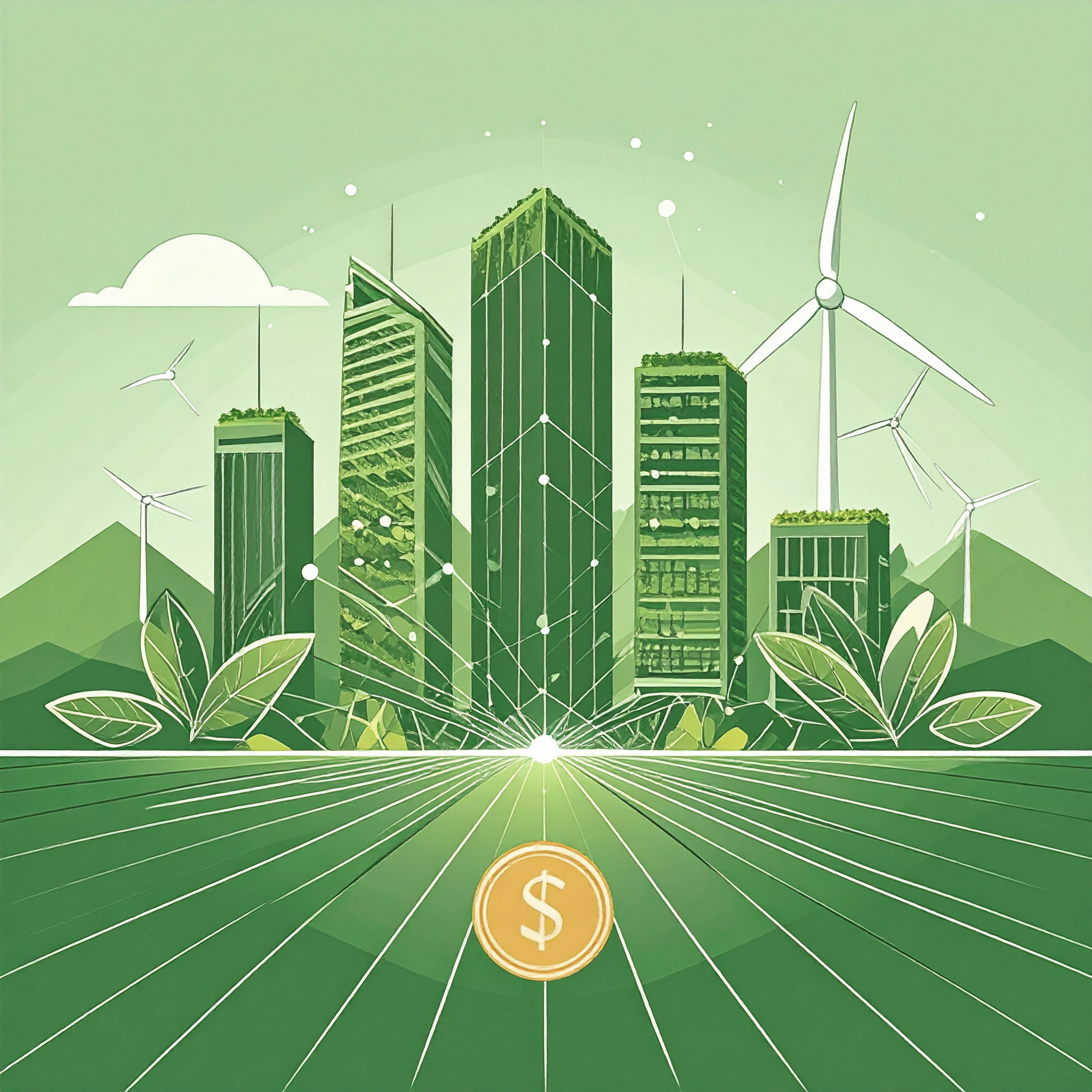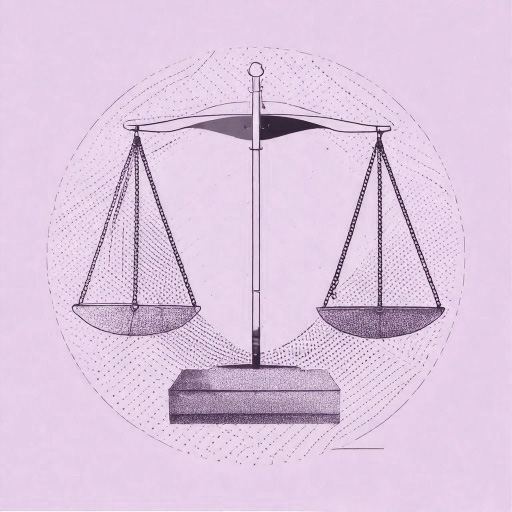In short:
The Carbon Border Adjustment Mechanism (CBAM) is used to prevent carbon leakage to countries outside the EU. The mechanism will be fully implemented starting January 2026. It applies to CBAM-goods imported from outside the EU, which include certain iron and steel goods, fertilizers, aluminum and cement goods, as well as hydrogen and imported electricity. A company falls within the scope of the mechanism if it imports at least 50 tons of CBAM goods.
The importer must annually report the CBAM-related imports, the product-embedded emissions, any carbon price paid in the country of origin, and the number of CBAM certificates required. CBAM certificates must be purchased in an amount corresponding to the emissions generated in the production of the goods. The price of the CBAM certificates is tied to the price of EU emissions allowances.
An authorised CBAM declarant who has not surrendered a sufficient number of CBAM certificates is obliged to pay a penalty payment (an excess-emissions fine). Payment of the fine does not release the obligation to surrender the missing number of certificates. The same penalties apply to importers to whom a CBAM declarant authorization has not been granted before exceeding the unified mass-based threshold.
How to proceed:
- Carry out a preliminary assessment
- Secure an authorised CBAM declarant or apply for authorization before exceeding the mass threshold.
- By the end of 2025: Submit the reports to the CBAM transitional registry within the deadline. The last reportable period is the fourth quarter of 2025.
- For the 2026 imports: Purchase the required number of CBAM certificates in 2027 and submit the annual declaration by September 30. Separate reports are no longer required.
- Sustashift can handle all stages on behalf of your company — from the preliminary assessment to the CBAM declaration — provided your company has an EORI number. We can also provide software for your use, so that tracking of CBAM goods is handled effortlessly.
What
The Carbon Border Adjustment Mechanism (CBAM) is an EU instrument aimed at preventing carbon leakage, meaning the shifting of emissions outside the EU.
Carbon leakage refers to a situation where companies operating within the EU transfer their carbon-intensive production to countries with looser climate policies than the EU, or when products manufactured in the EU are replaced by imported products with a larger carbon footprint.
Thus, the EU’s Carbon Border Adjustment Mechanism aims for a level playing field between products under the Emissions Trading System (ETS) and products imported from third countries. The mechanism also aims to encourage non-EU countries toward more ambitious climate goals.
Until now, the EU has sought to prevent carbon leakage by distributing free emission allowances to sectors exposed to carbon leakage as part of the EU ETS. This will be gradually phased out for sectors covered by the Carbon Border Adjustment Mechanism, once the mechanism is fully implemented from the year 2026 onwards.
Furthermore, a gradual expansion can be expected in the coming years, during which CBAM will possibly be extended to new products.
What & When
The mechanism applies to goods imported into the EU from outside the EU, so-called CBAM goods, which include certain iron and steel goods, fertilisers, aluminium and cement goods, as well as hydrogen and imported electricity.
The importer must report the emissions of CBAM goods to the Commission. In Finland, the functioning of the Carbon Border Adjustment Mechanism and the fulfillment of obligations are supervised by Customs.
CBAM is in a transitional period and will enter into full effect on 1 January 2026.
In the first phase, from 1 October 2023 until 31 December 2025, importers of goods within the scope of the Carbon Border Adjustment Mechanism have only the obligation to report information on the product’s emission content, both direct and indirect emissions. Importers are responsible for obtaining information about the emissions as well as about any carbon price possibly paid in the country of origin.
Failure to comply with the reporting obligation results in an error fee for the importer.
In the second phase, starting in January 2026, importers must also purchase CBAM certificates corresponding to the amount of emissions generated in the production of the imported goods. The price of CBAM certificates is linked to the price of EU emission allowances. In addition, the importer must also annually report the CBAM-covered imports, the emissions embedded in the products, any carbon price paid in the country of origin, and information on the number of required CBAM certificates.
An authorized CBAM declarant who has not, by 30 September of each year at the latest, surrendered a number of CBAM certificates corresponding to the product-specific emissions of goods imported during the previous calendar year, is obliged to pay a penalty — an excess emissions fine.
Payment of the excess emissions fine does not release the operator from the obligation to surrender the corresponding number of emission allowances when returning allowances for the following calendar year.
For whom
For companies and individuals who expect their imports to be at least 50 tonnes of CBAM goods (the applicable calculation formula can be found in the Simplification Amendment Regulation). Import means any importation of CBAM goods from outside the EU into the EU, including, for example, goods ordered online or imported as gifts.
Note that a report must be made only for those CBAM goods that are released for free circulation within the EU. A company does not have to report goods if they are not cleared for circulation in the EU area (e.g., temporary import or inward processing).
A report does not have to be made if the company has not imported CBAM goods during the reporting period.
A report must be made for these goods:
These goods imported from outside the EU are CBAM goods:
• Certain iron and steel goods
o Goods made from these, for example screws, nuts and washers
• Iron ore
• Certain fertilisers
• Certain aluminium goods
• Certain cement goods
• Certain chemicals
• Hydrogen
• Imported electricity
A report does not have to be made for:
• Goods that are of EU origin according to the rules of origin
• Goods whose country of origin according to the rules of origin is Iceland, Liechtenstein, Norway or Switzerland
o Note that the country of origin is decisive for the reporting obligation, not the importing country. For example, if you import goods from Switzerland that are of Chinese origin, you must report the emissions of the goods.
• Goods originating from the territories of Büsingen, Helgoland, Livigno, Ceuta, and Melilla (special territories within the EU).
How
- Make an initial assessment: find out whether your imported goods fall within the scope of the Carbon Border Adjustment Mechanism and whether you are likely to exceed the 50-tonne threshold.
- Obtain an EORI number for the import and reporting of CBAM goods, unless your company already has one.
- You need an authorized CBAM declarant or become an authorized CBAM declarant for importing CBAM goods. Obtain the declarant authorization or appoint an authorized representative.
If you use a representative, and the representative performs the CBAM customs declaration as an indirect representative, agree with the representative whether you or the representative will make the report.
→ Note: Obtain the status of authorized CBAM declarant or an authorized representative before exceeding the threshold. Importers who have not received authorization before the unified mass-based threshold is exceeded will be subject to penalties.
- Until the end of 2025: Submit reports to the CBAM Transitional Registry on time. The last reporting period is the last quarter of 2025.
• The report must include: the quantity of imported goods, the direct and indirect emissions of the goods, any carbon price paid in the country of origin and any compensations received for it.
o The calculation method for direct and indirect emissions and the reporting method are specified in the Commission’s implementing regulation. Annex I of the Regulation contains the information to be provided in the CBAM report.
o The emission data must be obtained from the manufacturer of the goods. The Commission publishes and updates supporting material for collecting emission data on the CBAM website under CBAM Guidance and Legislation.
Commission CBAM website: Carbon Border Adjustment Mechanism (europa.eu)
- From 2026 onwards: Purchase the required number of CBAM certificates for 2026 imports in 2027 and submit the annual declaration by 30 September. Quarterly reports will no longer be made.
→ Sustashift can handle all stages on behalf of your company, from the initial assessment to the CBAM declaration, provided that your company has an EORI number. We can also provide software for you, making the tracking of CBAM goods effortless.
Autumn 2025 updates to CBAM regulation
CBAM has also undergone changes. As part of the first Omnibus package, the Simplification Amendment Regulation (2025/2083) entered into force on 20 October 2025. Its purpose is to reduce the regulatory and administrative burden and compliance costs for EU companies, especially small and medium-sized enterprises (SMEs).
The Simplification Amendment Regulation introduces a new de minimis mass threshold, which excludes from customs procedures small operators whose imports are below 50 tonnes. Exceptions are hydrogen and electricity. The previous threshold was 150 euros.
The new threshold releases the majority of importers — mainly SMEs and private individuals — who import only small amounts of CBAM goods. About 90% of importing companies are thus excluded from the EU Carbon Border Adjustment Mechanism.
At the same time, the climate goal underlying the CBAM mechanism remains unchanged, as about 99% of the emissions embedded in imported CBAM goods still fall within the mechanism’s scope, since imports of metal, iron, cement, and fertilisers remain covered.
The amendment includes several simplification measures for all importers of CBAM goods, concerning, for example:
- the authorization procedure,
- data collection processes,
- the calculation of the financial responsibility of authorized CBAM declarants.
The amended regulation also includes changes to the provisions concerning penalties and rules regarding indirect customs representatives.
Sources:
Regulation (EU) 2023/956 of the European Parliament and of the Council
Regulation (EU) 2025/2083 of the European Parliament and of the Council
https://taxation-customs.ec.europa.eu/carbon-border-adjustment-mechanism_en
https://tem.fi/hiilirajamekanismi
https://tulli.fi/hiilirajamekanismi












